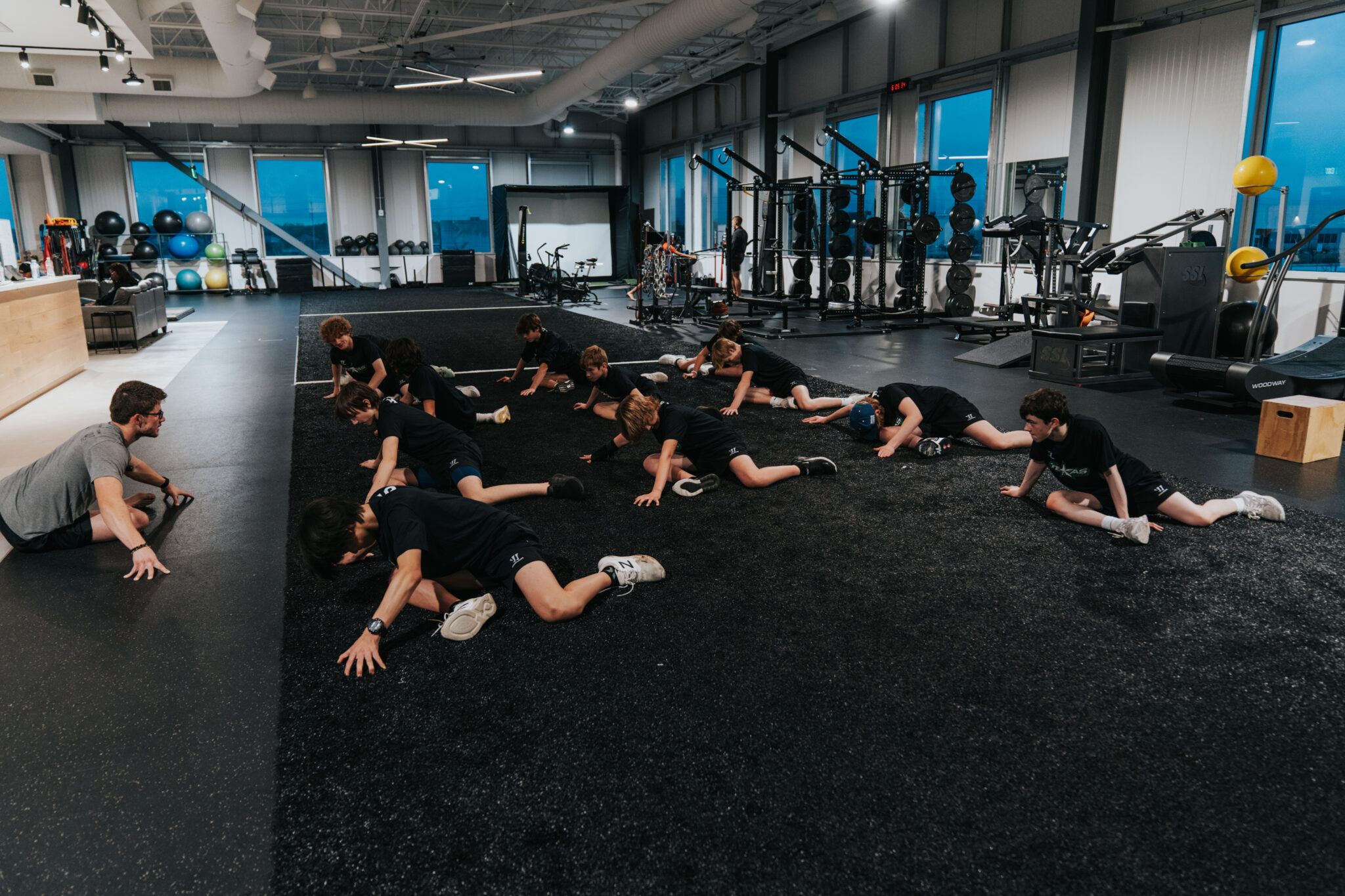One thing about physical education is for sure: it has evolved over the years. Back in the early 1800s, p.e. was comprised of gymnastics and hygiene routines. It wasn’t until the late 1800s that daily exercise was beginning to be required in public schools. By the 1950s, the President’s Council on Youth Fitness was formed, putting attention on the physical fitness of the nation’s students. The move to focus on fitness has been a positive one, however in recent years, budget cuts have changed or eliminated certain phys ed programs. However, physical education remains an essential part of physical and mental health for students of all ages. More specifically, a focus on the areas of strength and conditioning have proven to be pivotal in the success and health of young athletes. Read on to learn about how high school strength and conditioning programs are transforming young athletes.
Conquer Challenges: Math, English, Sciences, and Social Studies are all important subjects. However, there is no course like a strength and conditioning course that can physically help an individual to overcome major obstacles, fears, and failure. Strength and conditioning allows students to set major goals and to see them met. Working in a weight room can encourage a sense of teamwork and support for those around you, and conditioning is constantly pushing a student not only to meet expectations, but to improve daily. These are great lessons that help athletes prepare for the next few decades of life.
Focus on goals: Strength and conditioning encourages athletes to set goals for themselves. Through hard work, a set of personal goals becomes attainable. This kind of goal-oriented program also helps with work ethic, attitude, self-image, and interpersonal relationships—all key things in the realm of high schoolers.
Embrace difficulties: Lifting weights is not easy. Surpassing goals is hard. Embracing, change and even some discomfort can really help athletes to grow through challenges. In strength and conditioning, the best way to improve is to consistently seek new challenges in order to reach maximum potential.
Fight obesity: A well designed strength program has the ability to provide many physical benefits. Building muscle, losing fat, and getting stronger can help athletes to get in—and stay in—optimal physical shape. Increased muscle mass helps to also increase the body’s resting metabolic rate; this means your body can burn more calories while at rest. Strength training has also been shown to improve insulin sensitivity, which helps a person to maintain healthy blood sugar levels. All of these benefits combine to help an athlete maintain a healthy weight.
Destress: It is well known that exercising each day can help to reduce the risk and effects of depression, stress, and anxiety. Lifting weights has been shown to decrease levels of cortisol—the stress hormone that can have negative effects on the brain. Less stress can equal improved performance.
Improve brain health: Our minds and bodies are so connected; adding weight training can promote the growth and survival of neurons in the brain. This can help cognitive function, memory, and learning. Conditioning can also increase levels of dopamine and serotonin, neurotransmitters that help to regulate things like mood and motivation. Weightlifting also promotes neuroplasticity, the brain’s ability to adapt and change in response to new experiences and stimuli. Lift for your brain and your body.
Sleep better: Regular exercise—especially lifting weights and conditioning—can help to improve the quality of and duration of a person’s sleep. High quality sleep is so essential to overall health, academics, and athletics.
Reduce injuries: Preparing for sports through strength and conditioning is so important. Physical training can help athletes to minimize or offset the occurrence of and severity of sports-related injuries. This can lead to more playing time and less time on the DL.
Gain power: Athletes who follow a well-designed program for strength and conditioning can learn to move more efficiently. This efficiency can also result in increased abilities in speed, strength, overall athleticism, and power.
Prepare for your sport: Specifically designed strength and conditioning programs can help athletes to do sport-specific training and targeted movements, which can lead to improved athletic performance. This kind of sport-focused training can also help to combat or prevent injuries from a particular sport.
Transform your body: Strength and conditioning can lead to changes in overall body composition such as less body fat, stronger bones, improved cardiorespiratory fitness, and increased muscle mass. This kind of training has other physiological benefits that can increase body awareness, agility, explosiveness, flexibility, resilience, balance, and overall athleticism.
Ready for the next level: Whether a high school athlete is planning to play in college or not, working a strength and conditioning program is ideal. Training can help to prepare athletes for the expectations and competition that they might face at the next level of their sport.
The team of coaches at ROI are experts in strength and conditioning. They can help athletes with choosing the best exercises with a focus on desired improvement and results. Programs at ROI are athlete-focused—centering on movement variability, power output, explosiveness, and injury prevention.
Learn more about ROI’s strength program, and reach out to get expert help with strength and conditioning for your athlete.

